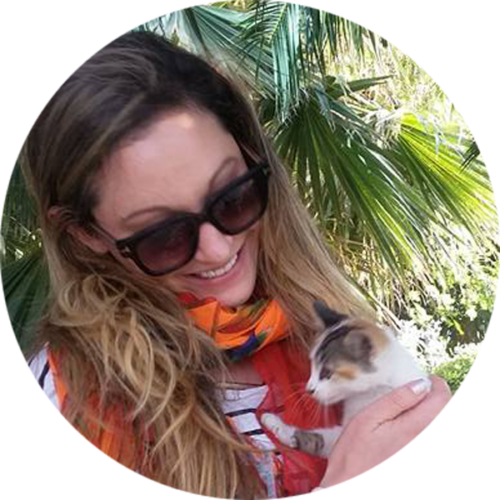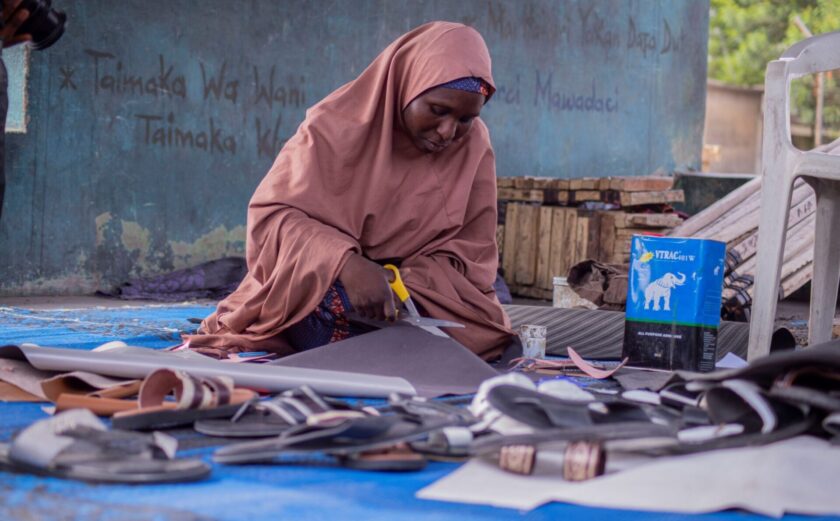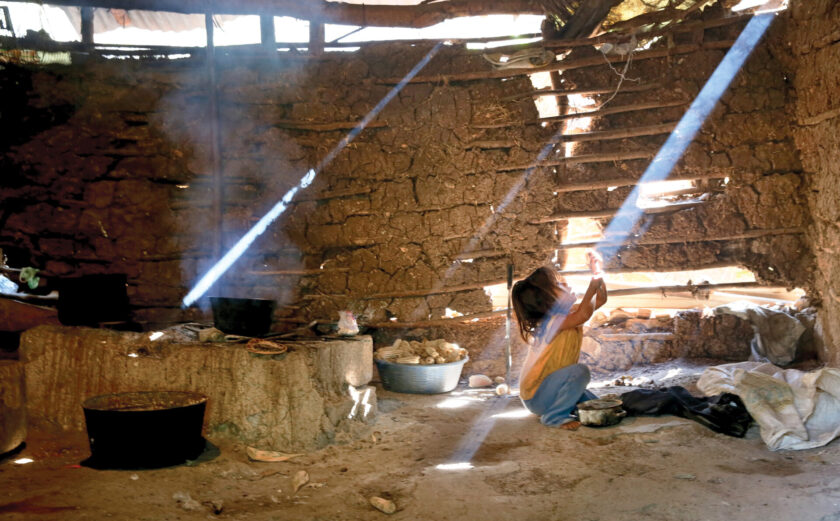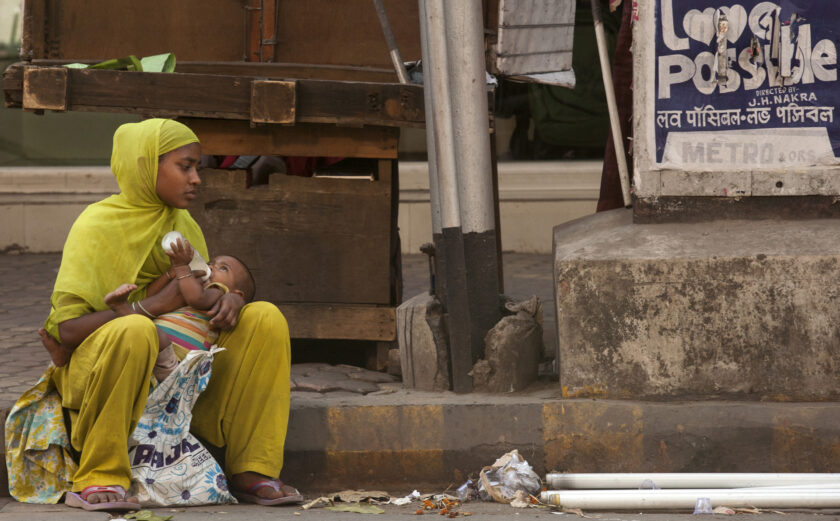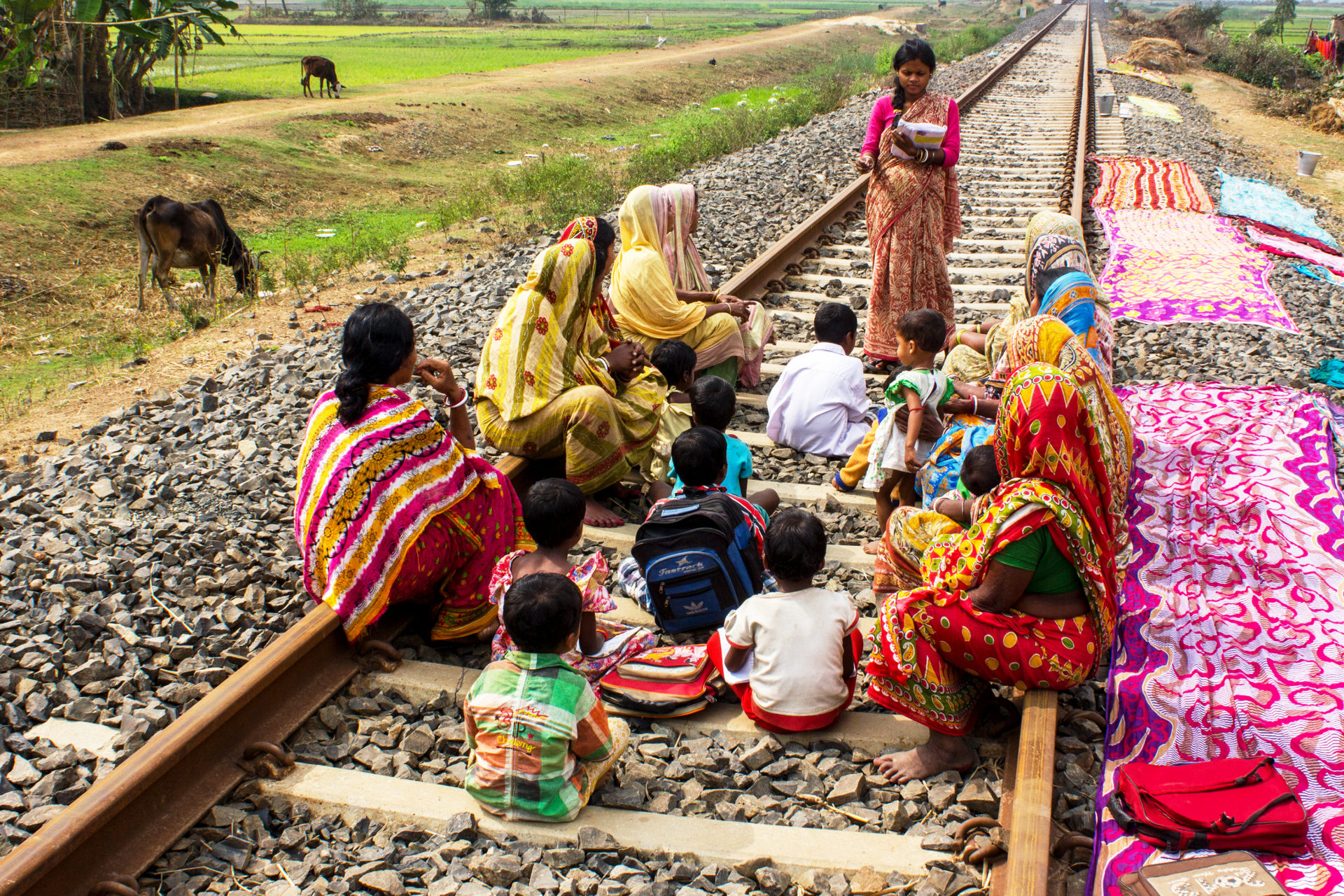
Meet Kathryn (Katie) Striffolino
Like most true humanitarians, Kathryn (Katie) Striffolino is driven by her love of travel and of going above and beyond for those most in need. While an undergraduate at the University of New Hampshire, she studied abroad in Barcelona, Spain. “That really gave me the travel bug, the desire to get out there and be doing things in the world,” she says.
Katie’s introduction to human rights and humanitarian work was her post-graduation internship with Amnesty International. She immediately knew this was the career for her. Soon after, she took a volunteer position at Witness for Peace, in which she provided protective accompaniment in southern Mexico for indigenous farming communities while documenting human rights violations perpetrated against them by the Mexican military and police. It was here that she learned the value of collective action.
“When you’re working in human rights and humanitarian settings, especially at the field level, collective bargaining and action is one of the only things that is effective – especially when you’re dealing with challenging governments and non-state actors,” she says. “When you’re together speaking from the same song sheet, you can make some progress. When you aren’t, you are more vulnerable to harassment and abuse.”
Katie’s career has taken her to work in Mexico, Colombia, Haiti, Uganda, Kenya, Turkey, Syria and throughout Europe. She also frequently leads missions to countries around the world: Iraq, Colombia, and Afghanistan, to name a few.
As she’s traveled, Katie has come to realize the advantages of being a woman working in the field. While leading a mission to Iraq for InterAction, she conducted interviews with families displaced by ISIS.
“I had full access to the women and the girls,” she says. “They wanted to talk to me, they were opening up and sharing their stories. We needed to keep it gender specific; it was not appropriate for a male counterpart to join me in these conversations.”
“As a woman I’ve found that, everywhere that I’ve worked, you can go and speak to the women and girls and they will always have the pulse of the community more so than men typically do. When you want to better understand something, you go to the women and girls. They’ll be able to give you the full story about what’s going on and how it impacts families, the society, and the children. As a humanitarian, you want to understand that. You can then learn from and share their experiences in a way that provides supportive policies and practices.”
To Katie, the best thing about working as a humanitarian is giving a voice to people who are unable to tell their own stories.
“We’re able to bring peoples’ stories and perspectives forward in a way that encourages policies and solutions to support them.”
To young girls who want to help make the world a better place, Katie says not to shy away from sharing your point of view and constructive ideas. “Make opportunities for yourself and then take them. Don’t be afraid to try new things; to experiment; to think outside of the box; and constantly look to learn from others. Really just go for it.”
“Being a female humanitarian, it’s a pretty supportive environment right now in terms of women helping women out. There are still challenges, but over the course of the twelve years that I’ve been in human rights and humanitarian work, there’s been a real shift in terms of women supporting women and just helping each other out. I’ve seen that shift and I’m optimistic about it, I think we’re going in a good direction.”
